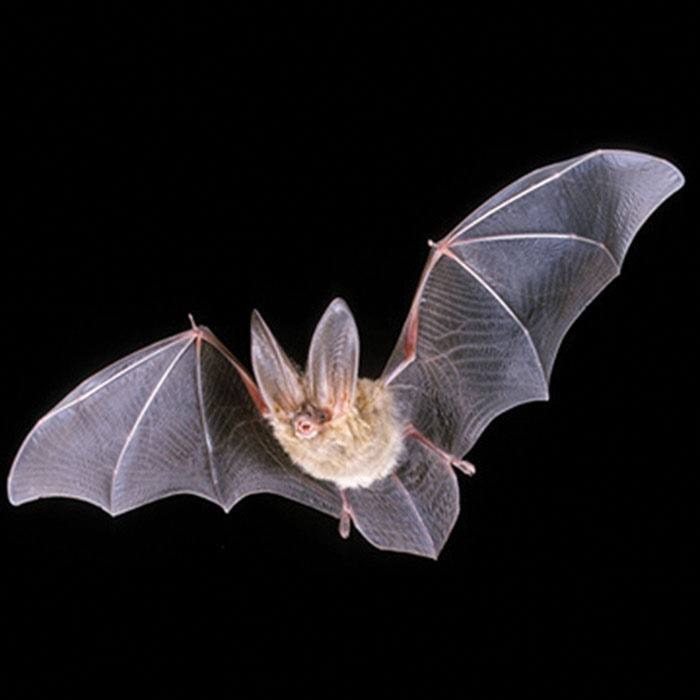Halloween conjures up everything “spooky” and many creatures are feared when in actual fact they are harmless and really cool.
Bats are one species that are often misunderstood and sometimes persecuted. There are many myths about these fascinating little mammals and although they do have the potential to carry rabies they are not aggressive and are not known to attack humans.
There are over 1,000 species of bats in the world, 19 species live in Canada; 16 species call British Columbia home with 10 species residing on Vancouver Island. Bats are the only mammals that truly fly. Flying squirrels only appear to fly but in fact use a combination of jumping and gliding but cannot achieve sustained flight as they lack wings.
Like all mammals, bats give birth to live young that are nursed and fed milk from their mothers. There are many interesting bats but one of the more unique species is blue listed in B.C. and is found in the Comox Valley. The Townsend’s big-eared bat is also known as the Western big-eared bat and is unmistakable due to its enormous ears.
Summer habitat for these bats include old trees, and buildings, caves, crevices and abandoned mine shafts where they will either roost in colonies or alone. Some of these bats will migrate short distances in the winter but most will hibernate. During the winter they choose a location that provides a constant temperature and humidity. They have the ability to waken and drink the water droplets that have collected on their fur which keeps them hydrated.
By making sure they have built up their fat reserves prior to hibernation and dropping their heart rate and body temperature, they can survive the winter for six months.
Townsend’s are medium sized bats, their bodies are 10 centimeters long, with a 28 centimeter wingspan and they weigh between 7 and 12 grams. Their fur is pale grey or brown on the back of their bodies and buff colored underneath. Their ears can be laid back reaching halfway down their backs.
When hibernating or roosting, these bats have the ability to curl up their ears and then uncurl and extend them forwards when in flight.
Like all bats, they have fine membranes that are attached to elongated forearm and finger bones. Others connect the back legs and tail.
In addition to providing them with flight, the hooks on their wrists and claws on their feet help them groom their fur and gives them the ability to crawl on the ground.
All bats have remarkable hearing which makes them formidable night time hunters, they use echo location to pin point their food. They are able to produce a sound in their larynx that is propelled out through the nose and mouth. This sound bounces off prey or other obstacles and by analysing the echo that returns they can determine if the object is prey or predator.
Bats are fairly rare visitors to Mountainaire Avian Rescue Society. This year we were fortunate to rescue a Townsend’s bat which was found outside a school in Royston. Due to the location and number of students the bat was rescued once the school was closed. It did not survive.
